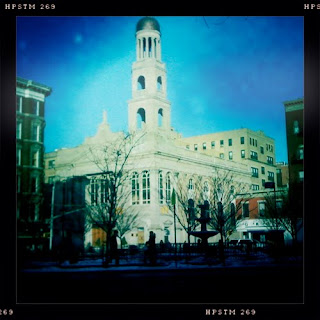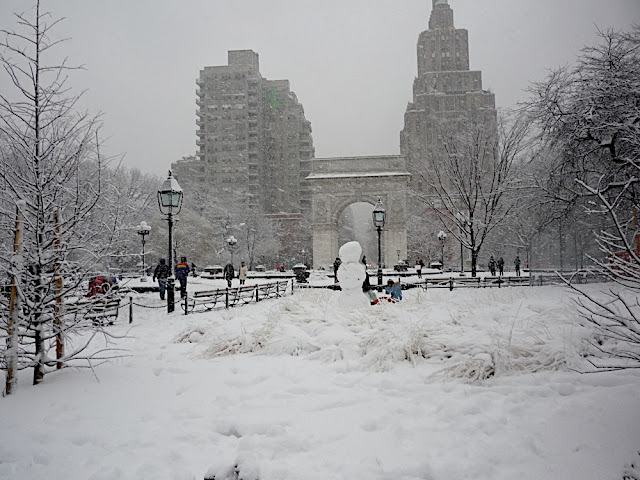Search This Blog
A strolling guide to New York City by writer and photographer Teri Tynes. Active during the years 2007-2021, Walking Off the Big Apple plans new walks away from the city in the summer of 2025.
Posts
Showing posts from February, 2010
Coming this summer 2025
A Hudson River Camino - a cultural and spirit-filled pilgrimage up river.
The Snow of Snows: Morning in the South Village, February 26, 2010 (A Super-sized Slideshow)
- Get link
- X
- Other Apps
At the 134th Westminster Kennel Club Dog Show, Madison Square Garden
- Get link
- X
- Other Apps
After Jury Duty: Points of Interest Near the Courthouses and Foley Square
- Get link
- X
- Other Apps
City Life in Winter: Nanook, Arctic Fashion, and the Ubiquitous Quilted Down Parka
- Get link
- X
- Other Apps
Toward the Virtual City and The Crisis of Place
- Get link
- X
- Other Apps
The City as Archive and as Playground: Atget's Paris, and Lessons for New York
- Get link
- X
- Other Apps
June 11, 2025 in Beacon, NY

On a day trip from NYC







